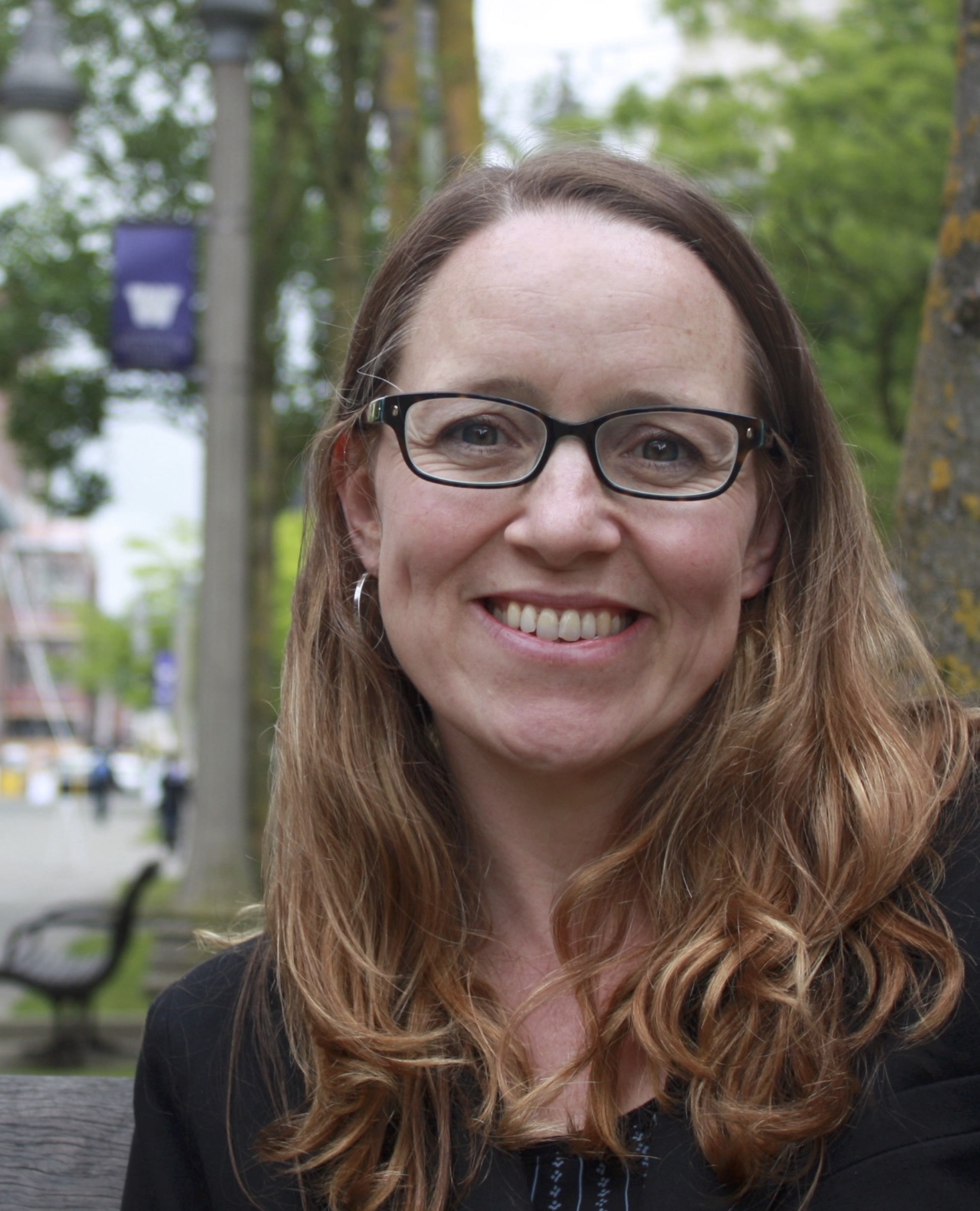Cited By
View all- Kang JPatton KGardiner-Walsh S(2024)Success for All: Maximizing Digital Accessibility in Special Education Teacher Preparation Courses through Universal Design for LearningJournal of Special Education Preparation10.33043/4a6kfo46Online publication date: 18-Jan-2024
- Inal YCagiltay N(2024)Empathy Development in Digital Accessibility through Real-Life Practices in a Programming Course: A Case StudyProceedings of the 13th Nordic Conference on Human-Computer Interaction10.1145/3679318.3685482(1-7)Online publication date: 13-Oct-2024
- Coverdale ALewthwaite SHorton S(2024)Digital Accessibility Education in Context: Expert Perspectives on Building Capacity in Academia and the WorkplaceACM Transactions on Accessible Computing10.1145/364950817:2(1-21)Online publication date: 22-Jul-2024
- Show More Cited By



